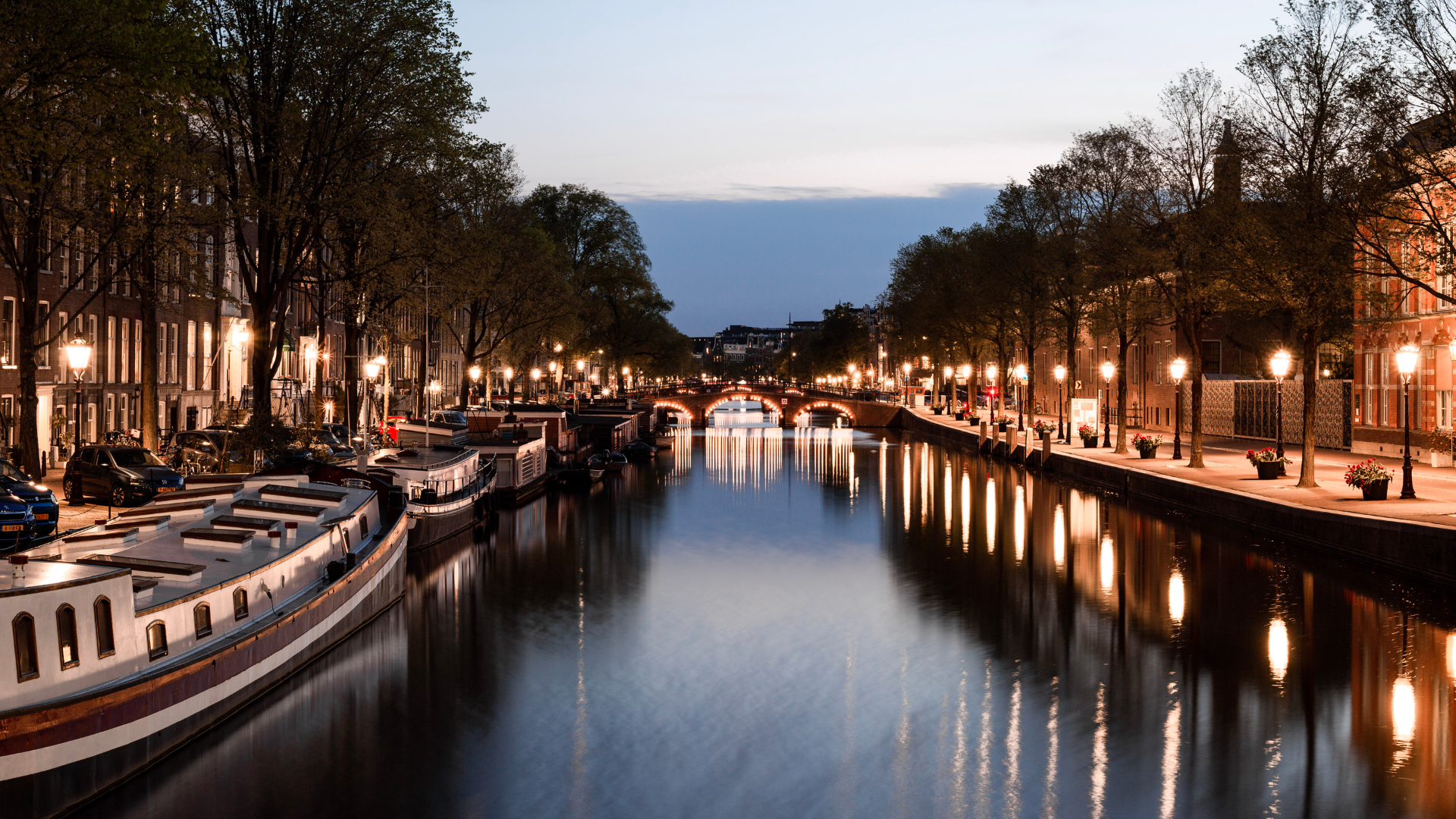Have you ever wondered how some photos look so much better than others? While having a camera is great, the quality and appearance of your camera don’t mean anything if you don’t know how to take a good photo. In this article, we’re going to explore six factors that can affect how good your photos turn out.
Lighting
The direction, quality, and color of light all affect how good a photo will be. Light can either make or break a photo. Good lighting can make a photo look amazing, while bad lighting can make it look terrible.
If you’re taking a photo outdoors, the best time to do so is during the golden hour. This is the hour just after sunrise or just before sunset. The light during this time is soft and warm, and it makes for beautiful photos.
If you’re taking a photo indoors, you’ll need to be more careful about your lighting. Make sure the light is not too harsh or too dim. You may need to experiment with different light sources to find the best one for your photo.
The quality of your light source is crucial for creating effective shadows and highlights in your photo. If you’re using a standard household bulb, the light it produces is likely to be uneven and unflattering. Instead, try using a studio light or an artificial light source like an LED bulb.
To get the perfect balance of light and shadow, you’ll also need to consider where your subject is positioned with the light source. Try to position them so that they’re directly under or near the light source. This will create the most flattering lighting effects.
Finally, be sure to keep your camera lens clean! This will help avoid harsh shadows and glare in your photo, which can ruin all the hard work you’ve done on lighting effects.
Background
How the background affects the photo depends on the photographer’s goal. If the goal is to make the subject stand out, then a busy or cluttered background will work against that.
If the goal is to create a certain mood, then the background can be used to help convey that. For example, a photo of a person in a dark room with a single lightbulb shining on them can create a feeling of loneliness or despair. On the other hand, a photo of the same person in a bright, sunny room can convey a feeling of hope or happiness.
The background can also be used to create a sense of scale. For example, a photo of a person dwarfed by a huge mountain can convey a sense of insignificance or insecurity.
Subject
No matter how good of a photographer you are, your photos will never be great if your subject matter is poor. The best photographers in the world can only do so much with a poor subject.
This is why great photographers are also great at finding or creating interesting subjects to photograph. If you want to take great photos, start by finding or creating interesting subjects.
Composition
Composition plays a large role in how good a photo will be. The way the elements in a photo are arranged can make or break a shot.
If the composition is off, the photo will likely be less successful. This is why it is important to take the time to learn composition and to practice creating strong compositions in your photos. By doing so, you will be able to create photos that are more likely to be successful.
Equipment
The type of equipment used will affect the quality of the photo. This is because different equipment can produce different results.
For example, a DSLR camera will produce a better-quality photo than a point-and-shoot camera. This is because the DSLR camera has a higher-quality lens and sensor. So, if you want to take a good photo, you need to use the right equipment.
Post-processing
Photo postprocessing can have a big effect on how good a photo will be. It can make a big difference in the overall quality of the image and can make it look more professional.
There are a lot of different things that can be done in postprocessing, and it can be a very time-consuming process. Postprocessing can make a good photo great, or a bad photo worse. That is why it is worth it to take the time to do it right.

